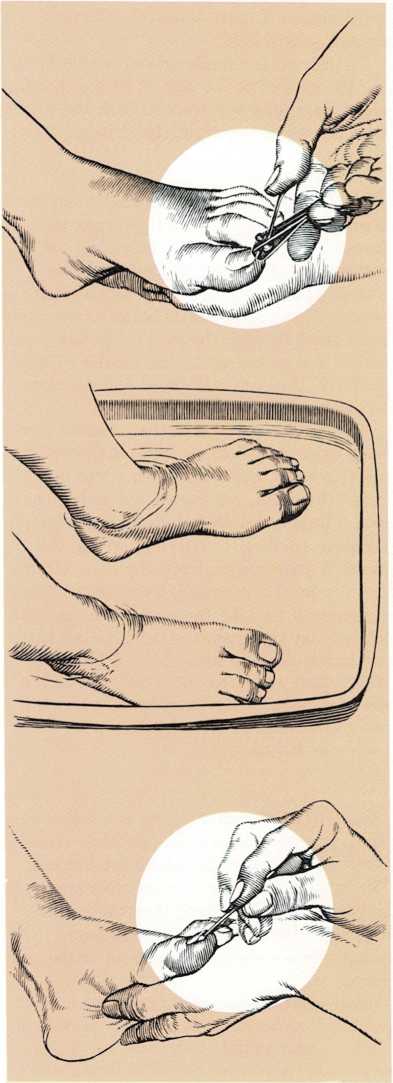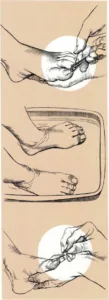Muscular Dystrophy – Navel
Muscular dystrophy. The term muscular dystrophy refers to an
inherited group of diseases that cause muscles to weaken and waste away.
The muscular dystrophies usually attack the muscles that control arm,
leg, and face movements. Scientists have not yet found the cause or the
cure for this group of diseases.
There are several forms of muscular dystrophy, all varying in degree of
seriousness. One form occurs only in newborn babies; another, which is
more common, occurs in older children and teen-agers. Some forms spread
rapidly and cause severe disability; others spread slowly and cause less
disability. Some forms result in early death, while others do not affect
life span. A child with the most common form of muscular dystrophy
develops unusually large calves, has difficulty going up stairs, has a
tendency to fall, and walks with a waddling gait. The child may need to
wear braces to stand and walk. As the disease progresses, a wheelchair
may be needed.
Physical therapy cannot cure muscular dystrophy, but it can help slow
down the crippling effects of the disease and make it possible for
children to attend school, which should be encouraged,
[jj.g.]
Nail care. A child’s nails require regular care to keep them clean.
Wash them in warm water and scrub them with a moderately stiff brush.
Use either manicure scissors or an emery board to keep them short. Trim
and shape fingernails to a rounded point. Toenails should be cut
straight across so that they will be less likely to curve into the flesh
and become ingrown.
If a toenail becomes ingrown, cut the nail straight across and do not
trim the corners. Soak the child’s foot in warm water and dry it. Then,
use a toothpick to tuck a small piece of cotton under the corner of the
in- grown toenail. Each night, for four or six weeks, remove the cotton,
soak the foot,
Care of ingrown toenails

Cut your child’s toenail straight across. Do not trim the corners.
Soak the foot in warm water and dry it. Then tuck a small piece of
cotton under the ingrown corner.
then insert a fresh piece of cotton. If this does not relieve the pain
and make the nail grow out, or if there is still an infection, consult
your doctor.
To prevent hangnails (pieces of skin hanging by one end at the side or
base of a nail), show your child how to push back the cuticle with a
towel when drying the hands, [m.g.]
Navel. The umbilical cord attaches an unborn baby to the placenta
(the organ attached to the inside of the uterus) of the mother. Food and
oxygen flow from the mother to the unborn baby through blood vessels in
the cord. Waste material from the baby flows through the cord to the
placenta, where it is picked up by the mother’s blood. At birth, the
cord is clamped and cut close to the baby’s abdomen.
The small piece of cord that remains gradually dries up and turns dark.
It falls off in about a week, and the resulting scar is called the
navel. Afterward, the navel may look a little red for a few days. Report
any redness, swelling, or bleeding around the navel to your doctor. Keep
the navel clean and dry until it is healed. Your doctor may recommend
cleaning the navel each day with alcohol and giving sponge baths rather
than tub baths until the navel heals. The doctor will probably tell you
not to cover it with a dressing because the navel heals better if it is
exposed to air. [mg]
See also Hernia

